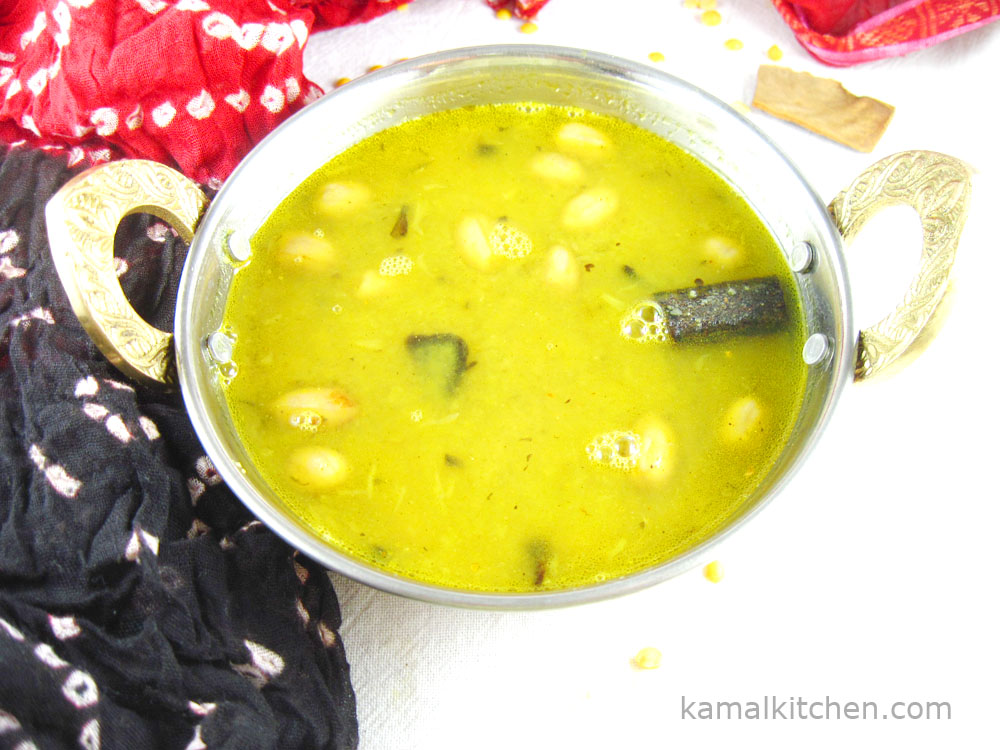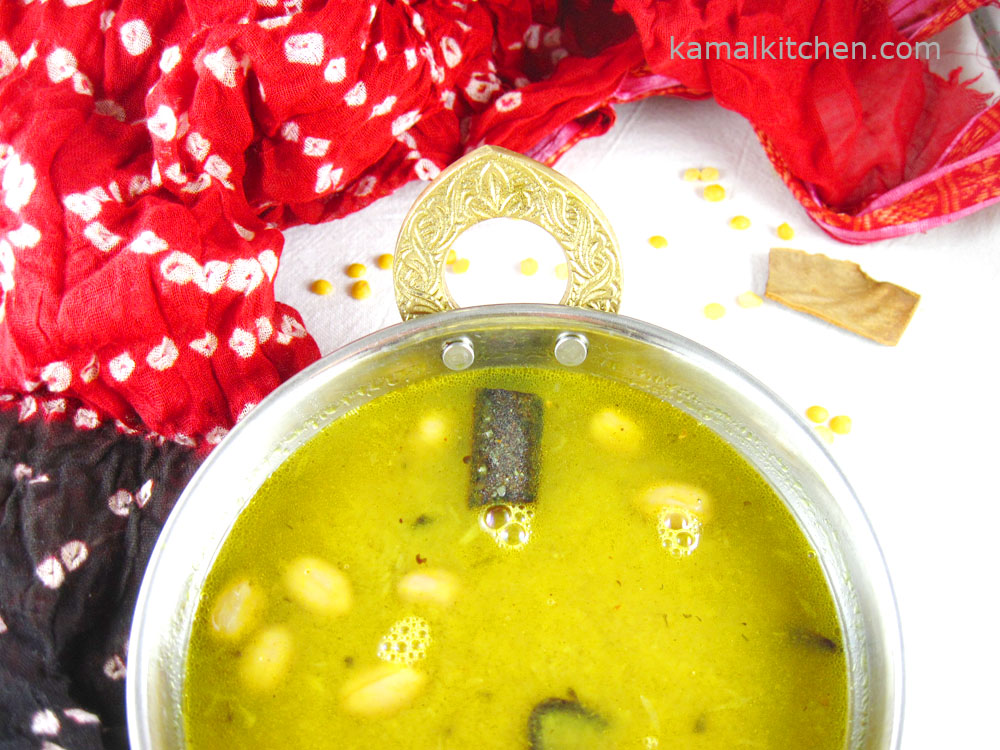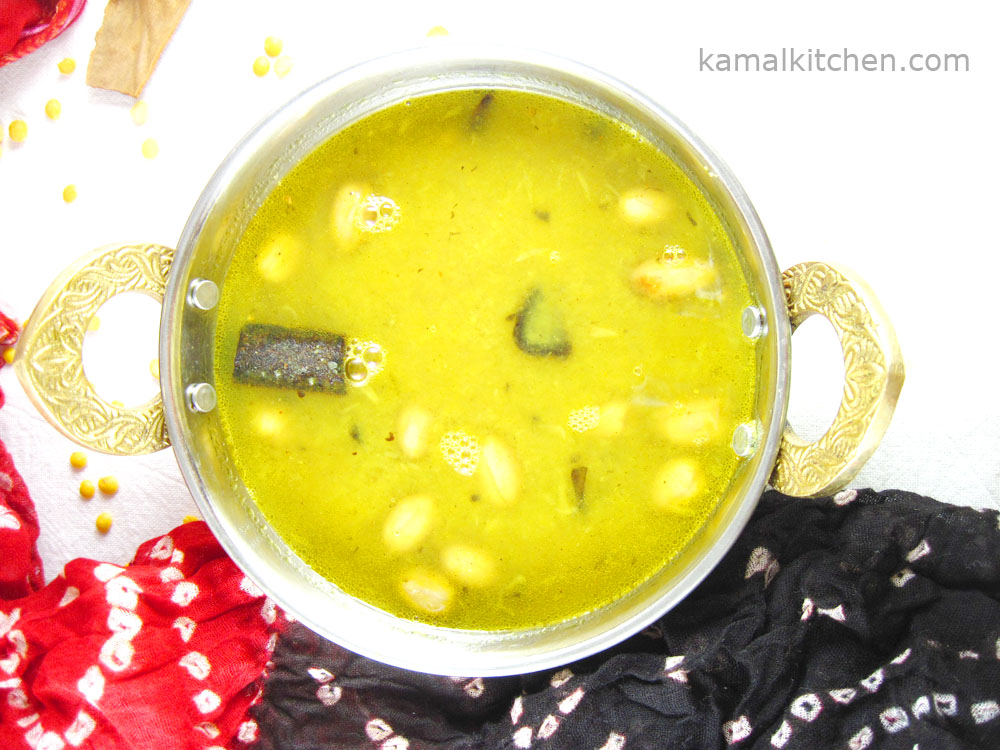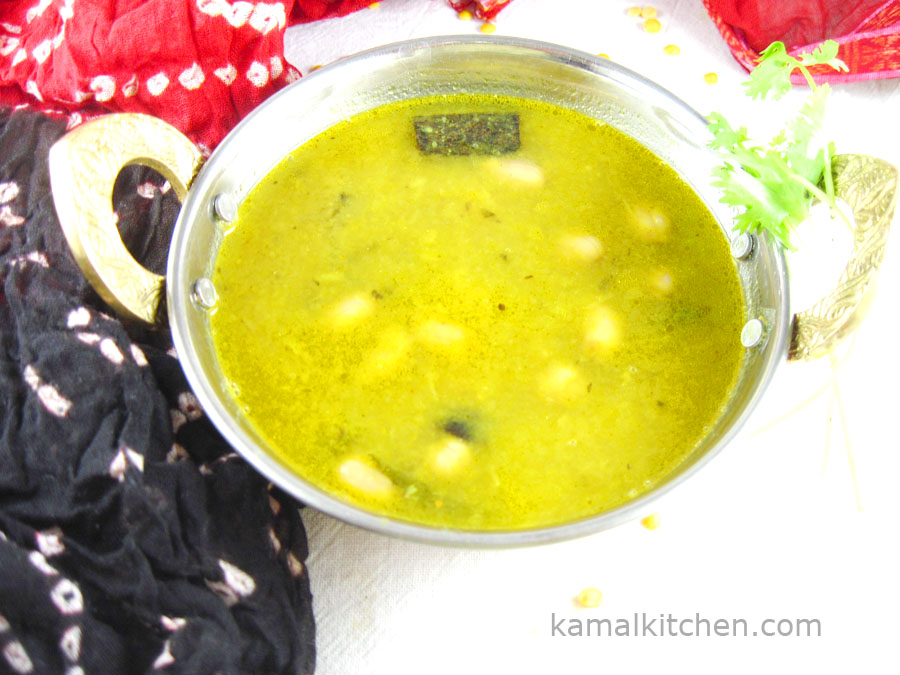Gujrath may be in the news now because of our esteemed Prime Minister, but Gujrathi people, their customs, their food and pretty much every aspect has been a big part of my life. Some of my family hails from Gujrath, and although we are Marathi, the local influences have made a big impact especially in the kitchen.

I had my usual spelling crisis while creating this title. I remember pronouncing Gujrath with a ‘th’ while growing up, but Autocorrect just told me it should be spelled with a ‘t’. So I just spent some time discussing this with my mom who can read and write in Gujrathi. I asked her if there was a separate letter in the alphabet for ‘ta’ and ‘tha’ and she said yes. So I will continue spelling it with a ‘th’ the way I remember it. Many cities in India are now called something else, and I have a hard time remembering what their modern, or resurrected name is anyway. Any input from people living in Gujrath is appreciated.
So anyway, the focus of this post is the khatti meethi daal and not linguistics. So I will talk about this spicy, sweet and sour concoction. Khatti means sour, and meethi means sweet so literally translated, it is a sweet and sour daal.
My first attempt at making daal was a disaster. The daal had too much sugar and no one ate it. Fast forward that to present day and restaurants seem to be bent on plying us with more and more sugar, the state of our health notwithstanding. Seriously, have you tasted what passes for daal in a thali restaurant recently?

My point is, yes, this is sweet and sour, but it should not be cloyingly sweet. I prefer just a hint of sweetness, enough to balance the tart flavor of the kokum. I am using kokum as the sour component here, but tamarind or lemon juice can be replaced if you are in a bind.
The cloves and cinnamon make this daal spicy and dark. The more you simmer it, the darker it will get. I am using a hint of ginger – I suggest you use plenty of ginger in cold weather and leave it out in the summer. Curry leaves are optional. Peanuts are a must!
I have seen many different versions of khatti meethi Gujrathi daal on the web but I finally settled on this recipe. That is mainly because it is closest to our family recipe and symbolizes the flavors of Gujrath. Gujrath itself is a big state and as the language or dialect changes from region to region, so does the food and so do the recipes. So the daal will taste different in Surat than it did in Vadodara, probably. But Vaando Nai, it is all good.

Using both cumin and mustard seeds in the tempering is a trait of Gujrathi cooking, and garam masala? Naa Re Baaba! Everyday Gujrathi cooking heavily relies on dhaNe-jeeru or coriander-cumin so that is what I am adding here.
This khatti meethi daal is very similar to the base of daal dhokli, except we also add ajwain to it.
Gujrathi Khatti MeeThi Daal is a regional recipe, and is part of my #30daysofdaal project. Many of you are already following this. But for those that came in late, you can sign up to get emails so that you don’t miss any of these yum daal recipes.
Gujrathi KhaTTi MeeThi Daal Recipe
Ingredients
- 2 cups toor daal cooked
- 1 cup water
- ¼ cup peanuts raw
- 1 cm ginger root grated
- 1 tsp coriander cumin powder
- 3-4 kokum
- 2 tsp jaggery or sugar
- Salt to taste
- 3 cloves
- 1 cm cinnamon stick
- 6 curry leaves (optional)
- 1 tsp cumin seeds
- 1 tsp mustard seeds
- 2 Tbsp oil
- Pinch of hing or Asafoetida
- ½ tsp turmeric ground
- ½ tsp cayenne pepper
- Coriander for garnish
Method
- Soak peanuts for 3-4 hours and cook separately or along with the daal.
- Cook about a cup of toor daal with turmeric in a pressure cooker. This forms the base of the recipe.
- Heat oil in a kadai or wok.
- Add the mustard and cumin seeds and let them pop. Immediately add cloves and cinnamon and hing, turmeric and cayenne pepper.
- Add the cooked daal/peanuts and mix well.
- Add water to get required consistency.
- Now season with coriander-cumin powder, cayenne pepper, salt and sugar and kokum.
- Bring to a boil and simmer for 15-20 minutes until all flavors combine.
- Taste and add sugar or lemon to get desired sweet/sour flavor.
- Serve hot as part of an Indian meal, with rice or roti, or just as a soup.
- Note: Use tamarind extract or paste or lemon juice if you don’t have kokum.
If you are new to making daal and want to start out small, try the Daal Tadka, Dahi Vaali Daal or Tomato Daal – simple recipes with very few ingredients.

Leave a Reply